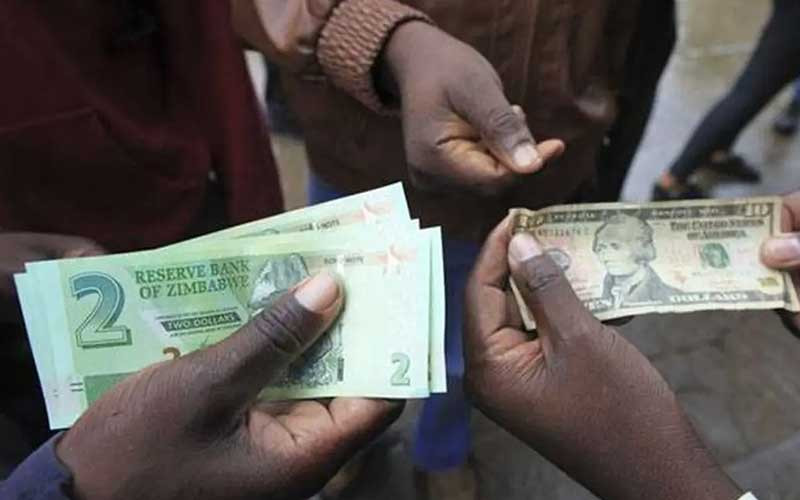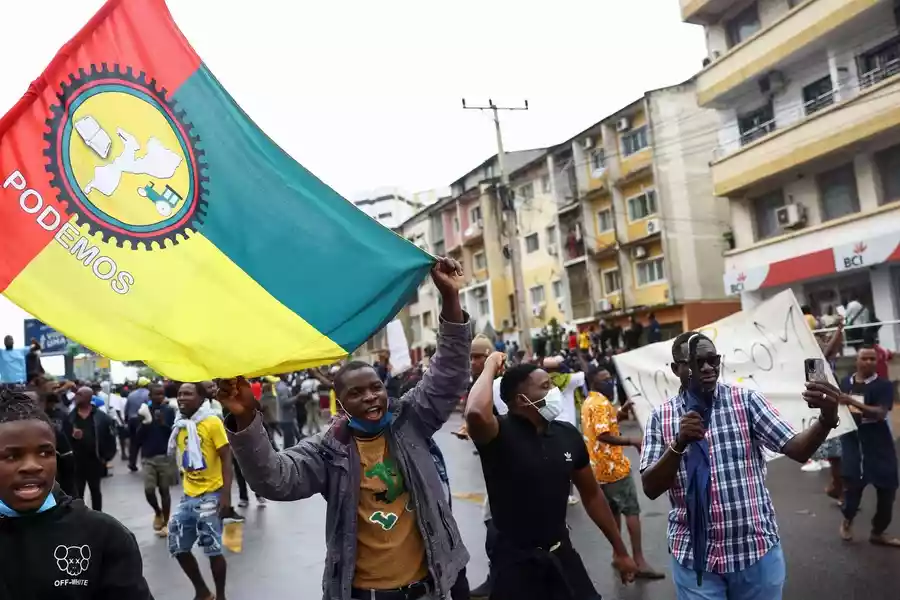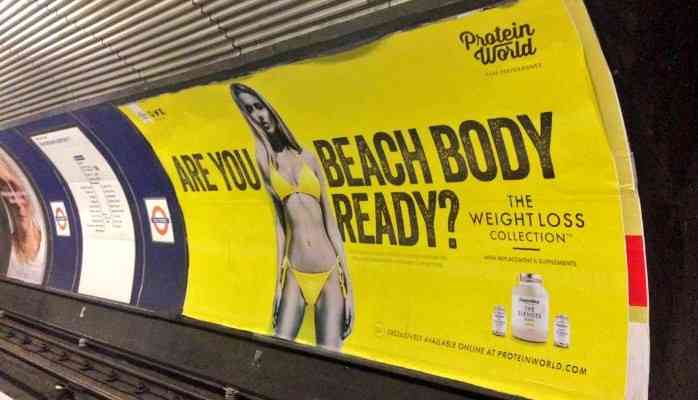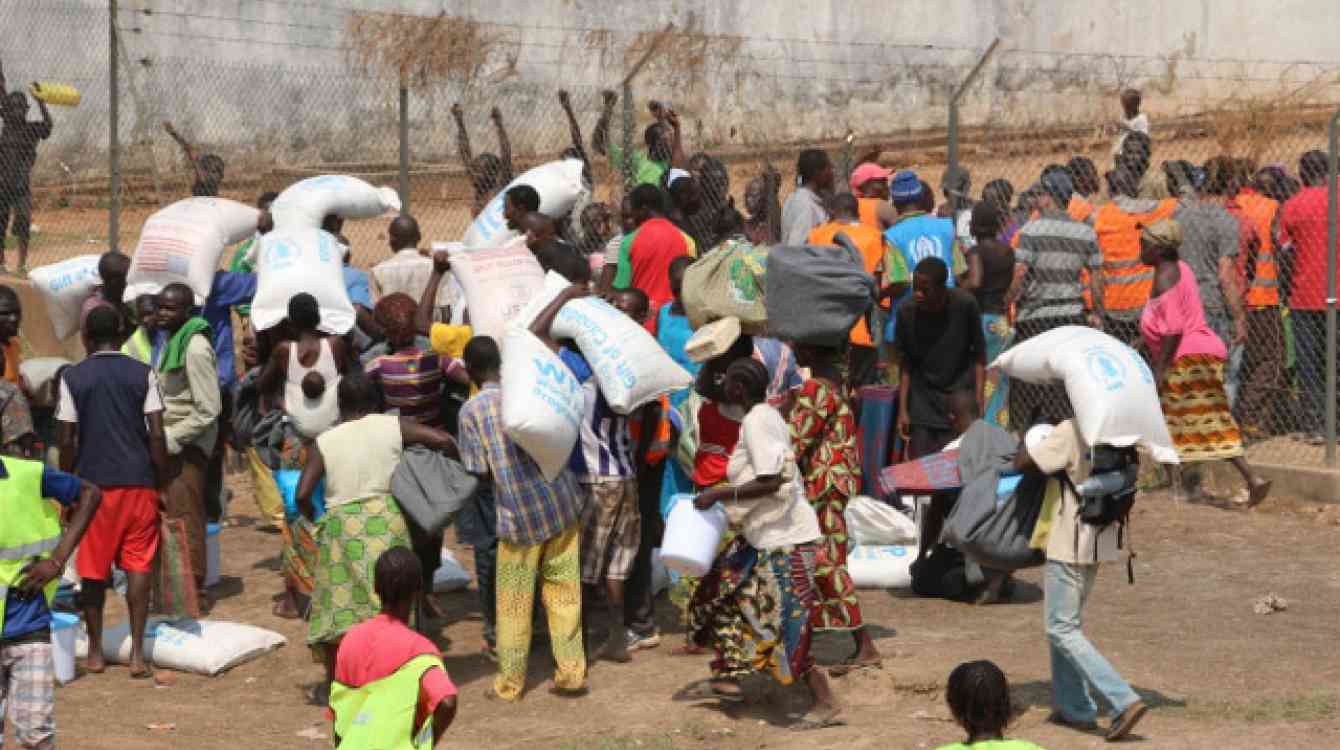
LIKE two wounded bulls squaring off in a barricaded ring, Zimbabwe’s parallel and official currency exchange rates are currently staring at each other as if unsure which should charge first.
Ever since government last month introduced a cocktail of drastic measures such as gold coins to mop up excess liquidity in the market and to act as an alternative store of value to the United States dollar; and a 200% interest rate on borrowings to stem heavy borrowings blamed for stocking inflation, the parallel rate’s rabid stampede has been literally halted, while the official rate has covered ground.
Although government, through the Reserve Bank of Zimbabwe, appears elated at the prospects of having “tamed” the parallel rate from the 900s to just below 800 to the US dollar, most economists are unsure how the situation will pan out going forward, especially given the looming 2023 general elections — a period usually characterised by risk averse fence-sitting by investors and general economic inertia.
If the elections turn out to be violent and disputed, it may see the parallel rate charging first, although this charge could even come earlier if government’s measures falter.
Reported violence in some by-elections so far has already fuelled the parallel rate adrenalin and some of the government’s measures are boomeranging such as the gold coin initiative that has since sucked dry all Zimbabwe dollar hard currency off the market.
Many other factors that include the country’s ever ballooning internal and external debt now over US$17,5 billion, an emerging illiquidity situation and government’s penchant for populist policies ahead of economics of sense are just some of the albatrosses around the official rate’s neck that are reducing its chances of fully upstaging the parallel rate.
Also since mid-May this year, Zimbabwe’s local dollar-denominated fuel prices have been on a massive rise, spiking up more than 200%.
In just four months, petrol and diesel prices rose 209% and 227%, respectively, from $271,85 to $840,09 and $283,87 to $928,34 between May 16 and August 26.
- Zimbabwe needs to rethink economic policies
- Zimbabwe needs to rethink economic policies
- DPC pays out $139 million
- Zimdollar shortage hits market
Keep Reading
While some economists believe that because Zimdollar-denominated fuel is only available at just a few dozen fuel stations, it is not so relevant in an economy dominated by fuel sold in United States dollars.
Others insist the prices are a clear sign of real seismic challenges underlying the Zimbabwean economy.
And this could work against the official rate, which is carrying on its back some precious cargo — the Zimbabwe dollar.
“Fuel prices in Zimdollar terms would have gone up because the official rate of exchange has been going up from very low levels at the beginning of the year at around 100 and not moving,” economist Trust Chikohora reckons.
“But now it (official rate) has been moving constantly and has merged with the interbank rate, the latest rate being (581) ... so the gap between the interbank rate and the auction rate versus the parallel rate has been closing lately and so month-on-month inflation has been coming down over the last couple of months because of the fact that the parallel rate is actually coming down.”
Chikohora appears convinced that the country’s monetary authorities are on the right path and could tame the parallel rate as well as year-on-year inflation currently perched at 285%, topping world charts.
He believes the authorities’ prediction that inflation would start coming down in next month could come true.
He also does not believe that the Zimdollar price of fuel “means much to the man on the street” because fuel is generally being sold at subsidised US dollar rate of US$1,58 and US$1,74 for petrol and diesel, respectively.
But Midlands State University economics lecturer, Farai Chigora sees the situation from a different perspective as far as the possible outcome of the war between the parallel and official rates.
“The black market will forever be chasing the official rate or vice-versa,” he argues, while also pointing out that besides fuel price increases having the potential to negatively affect the economy, the fuel itself is now quite expensive because it is over-diluted with ethanol.
The country’s petrol has progressively been diluted from E5, many months past, to now E20 — meaning that 20% of every litre of petrol is ethanol.
“E20 means the fuel in Zimbabwe is now more expensive because it’s over-diluted with ethanol,” Chigora says.
“If, for instance, five litres covered a kilometre, now one needs more than five litres to cover the same kilometre.”
Eventually, according to Chigora, the increased fuel expense per kilometre would be added onto the cost of goods and services.
It definitely appears like, as in 2008 when the country’s economic fundamentals baffled economists the world over, the southern African country has been thrust into new unchartered territory, prompting everyone to scratch their heads.
There is more to Zimbabwe’s economic conundrum than what meets the eye.
Government, being the country’s single biggest single buyer of goods and services, has, one the one hand, suspended all procurements in protest over alleged inflated prices, while on the other hand, the value of disposable incomes of individuals mostly being paid in the local Zimdollar has dropped to such low levels that they can no longer afford the cost of basic goods and services.
The ripple effect of government’s procurement moratorium has far-reaching consequences that will soon manifest in, most likely, company closures.
For the ordinary citizen, they are yet to see the benefits of government’s cocktail of measures, especially when, for example, government-controlled public transporter, the Zimbabwe United Passenger Company (Zupco) has more than doubled its fares, while inflation mauled salaries of both public and private workers — who depend on Zupco transport, have remained static for months on end.
“My heart bleeds for the workers in Zimbabwe who are earning far below the poverty datum line. Some have not been able to send their children to school because of eroded RTGS monies which they are earning. So we also need to see how the Minister is going to deal with this kind of inflation,” moaned Senator Chief Shepherd Makumbe, while debating last month’s supplementary budget that doubled the 2022 national budget to $1,9 trillion due to inflation.
Zimbabweans are also watching in trepidation as a new economic phenomenon heads their way: Stagflation or recession-inflation, a monetary or fiscal policy authority’s worst nightmare.
This happens when the inflation rate is high or increasing, the economic growth rate is slowing, and unemployment remains steadily high.
This phenomenon perfectly fits Zimbabwe’s present state of affairs.
Economists say this situation presents a dilemma for economic policy formulation, since “actions intended to lower inflation may exacerbate unemployment” and trigger more gnashing of teeth.
The monetary authorities also intend to introduce more gold coins of lower denominations to cater for the general public, a plan the majority of struggling workers living on the margins are frowning at because their incomes can hardly afford them the chance to put enough food on the table.
Besides, with the RBZ saying 84% of all the gold coins sold so far have been snapped up by corporates, there is little chance the smaller gold coins would find their way into pockets of ordinary Zimbabweans.
All this and more is silently fuelling the parallel rate’s adrenalin and woe to anything or anyone in its way, if it charges first from the current stalemate with the official rate.











